Complete Guide on How to Plant Cassava: [Where, When and How]
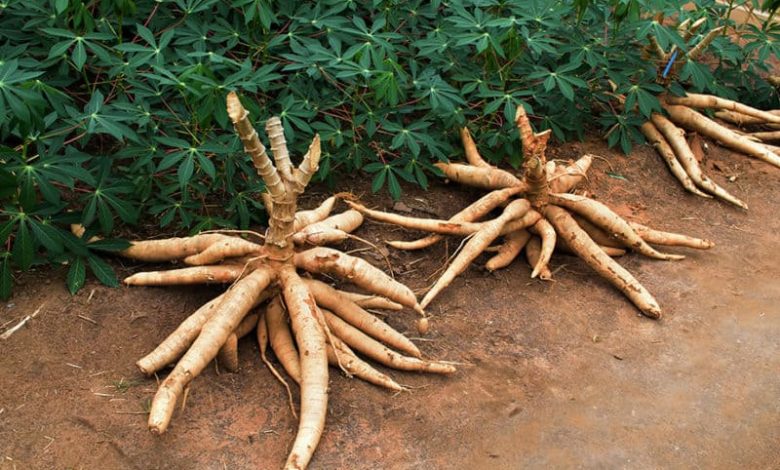
Cassava is one of the most cultivated tubers (like potatoes, sweet potatoes, yams, ginger) in the world, especially in South America. In addition, nutritionally it has many benefits.
Cassava is easy to plant; however, it requires a series of specific conditions for the plant to grow and produce correctly.
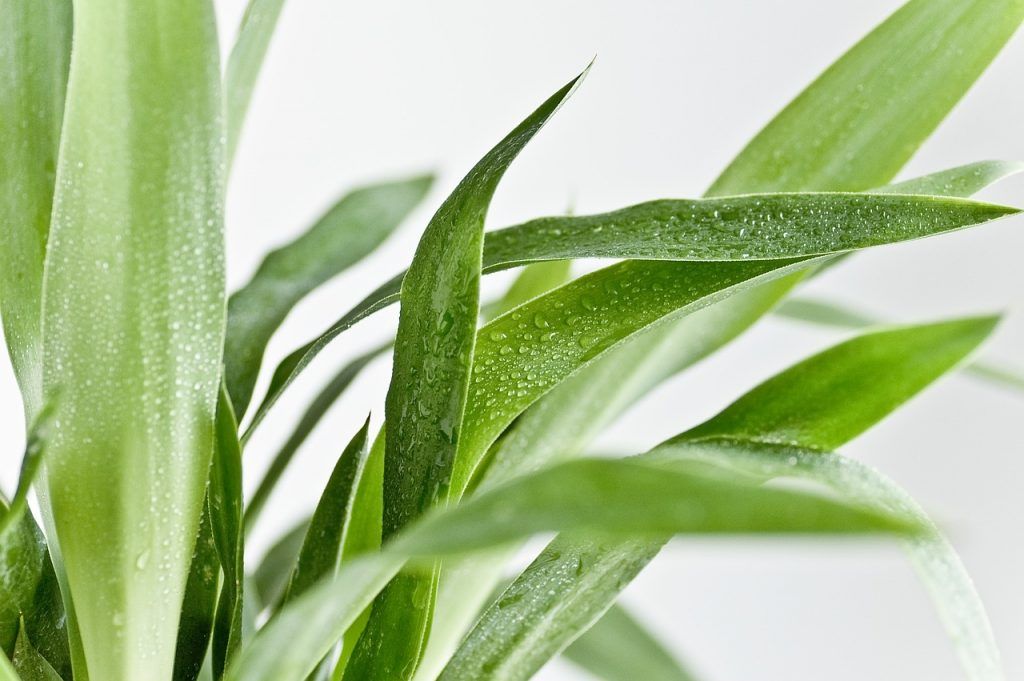
Next we explainhow to plant cassava, do you sign up?
Important Points when Planting Cassava:
- When? In early spring. In case it is from seed, it is advisable to do it indoors.
- Where? Place of maximum exposure to sunlight.
- Growing time? It will take 7-10 months to produce. Slow.
- How do we prepare the land? Stirred, rich in nitrogen. It does not require too much subscriber. Anacid pH, between 6-7.
- How do we water? Ideal, drip irrigation. We will avoid flooding. In summer every 2-3 days. The rest of the year every two weeks.
- Favorable associations? Mainly legumes (beans, peas, broad beans…).
- Plagues and diseases? Mildiu, brown spot, stem borers.
Cassava Characteristics
Cassava (Manihot esculenta), part of the large genus Spurge, is a perennial, woody shrub.
Although the large, bushy green leaves can add some ornamental interest to a garden, these plants are grown primarily for harvesting the leaves and tubers. The tuberous root is a very popular starchy carbohydrate food source in places like South Africa and Southeast Asia.
You will only be able to grow the yucca plant as a spring started perennial if you live in a warm region, where it is more similar to tropical and subtropical climates in that it is grown in its native habitats. It can take up to eight months to produce a harvest and is an interesting alternative to some of the more common root vegetables.
- Botanical name: Manihot esculenta.
- Common name: Cassava, Manioc, Cassava, Tapioca.
- Plant Type: Woody, perennial shrub.
- Adult size: Up to 120 cm in height, up to 90 cm in width.
- Sun exposure: Full sun, partial shade.
- Soil Type: Sandy, loamy, well drained.
- Soil pH: Acidic, neutral, alkaline.
- Flowering time: All year.
- Flower color: White.
- Hardiness Zones: 8-12 (USDA).
- Native area: Brazil.
- Toxicity: Toxic to people and pets when raw.
When to plant yucca?
we will plant yuccain early spring.Perhaps the most effective way to sow from seed is indoors, to protect from winter or spring cold.
Where do we plant yucca?
For the cultivation of cassava we need a warm temperature, between 24 and 29 ° centigrade.
Can withstand wider temperature ranges; however, it does not withstand low temperatures and frost. That is why the highest productivity is usually obtained in tropical countries.
Cassava needs many hours of light.Between 10 and 12 hours a day is ideal.Therefore, it is convenient to plant yucca in a place that receives a lot of light throughout the day.
What do we need to plant cassava?
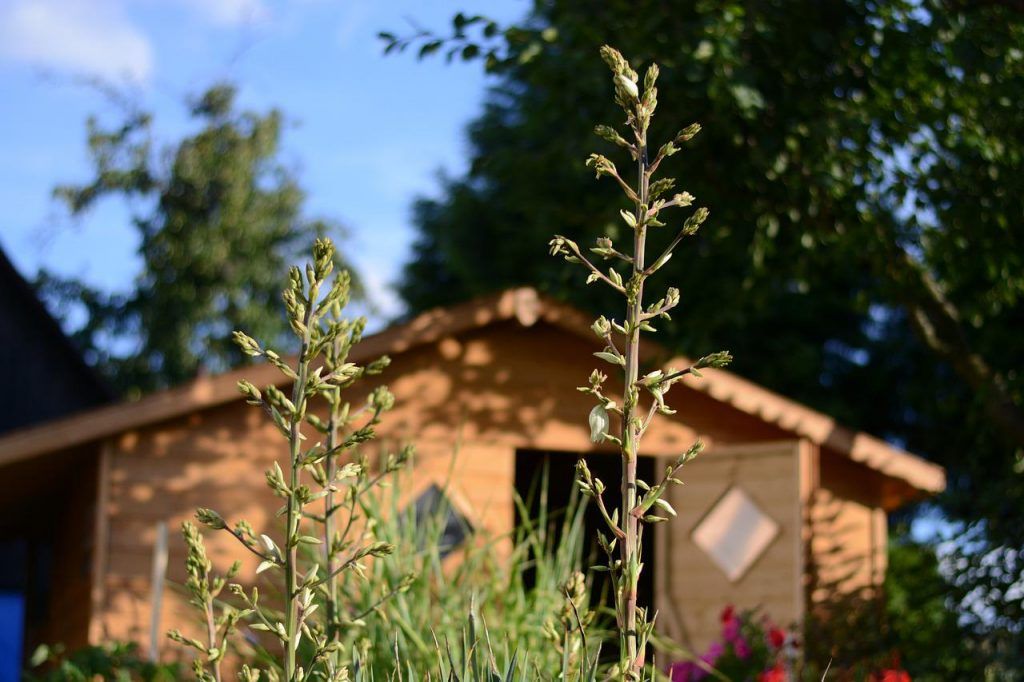
Find a place of maximum sunlight
First of all, we choose a place that receives the maximum number of hours of sunlight.
We fertilize the soil with nitrogen
Cassava benefits from soil with a high nitrogen content. For this reason, as we will see later, it is interesting to plant legumes nearby.
We remove the earth
We will use a hoe or a motorized tractor to remove the soil and leave it well aerated before sowing.
We sow the seedlings
Once we have done the above, we must plant 1.25 centimeters deep (approximately) and gently water until the soil is considerably moist.
How do we prepare the land?
Cassava is a crop that is demanding with sunlight and also with (high) temperatures,however, it is not so much with the soil where we want to plant it.
It does not require a soil that is too rich in nutrients. It is preferable that it has an acid pH, between 6 and 7. That it is loose and porous.
How do we water?
 To maximize our production,cassava requires constant moisture.
To maximize our production,cassava requires constant moisture.
It is ideal to water every 14 or 15 days. However, this occurs in tropical countries, where the humidity in the earth is higher. Flooded soils do not favor their growth and cause an increase in pests and diseases.
So we recommend drip irrigation. Thus, during periods of drought and little water, we will increasethe frequency of irrigation to 2-3 daysto keep the soil moist enough.
The rest of the year (with lower temperatures) we can space the irrigation enough.
When can we harvest cassava?
 When the soil around the yucca begins to crack, it means that we can harvest this tuber.
When the soil around the yucca begins to crack, it means that we can harvest this tuber.
This occurs more or less7-10 months from initial sowing.In any case, it is important that, when harvesting, we do not damage the roots of the plant.
We can harvest manually, or with machinery. In the event that the objective of harvesting cassava is for the starch industry, we will have to wait between 12 and 24 months for its harvest.
What are your favorable associations?
Cassava exhibits a wide variation in growth habits with respect to branching and initial vigour.
The varieties of medium vigor and late branching are the most suitable for association with other crops.
Cassava is favorably associated
with legumes (peas, beans, broad beans, etc). This is because the nitrogen released by legume crops considerably favors the growth and production of cassava.
cassava harvest
It only takes six to eight months for the roots of a yucca plant to become fully established. After this, if you have a good harvest, you will probably get a biannual harvest.
When the leaves start to turn yellow and drop, it’s a good sign that the roots are ready to pluck.
The roots are usually boiled or roasted and sometimes made into flour, and the leaves, once boiled, are also edible. The tuber is also used to produce tapioca pearls that are often used to make puddings, hence another common name: tapioca plant.
Pruning
If left unpruned, the yucca plant can start to look rather lanky. If you harvest regularly for the leaves, it is unlikely to grow more than 1.2m tall, but the plants can reach over 3m.
cassava propagation
It is better to propagate from cuttings than from seeds to ensure that you are not accidentally growing the bitter yucca variety.
Cuttings of this plant root easily and quickly, and can be planted directly into moist soil if temperatures are suitable. You can expect the cutting to be fully established in just a couple of months.
What pests and diseases does it have?
To learn more about the pests and diseases that attack cassava.
Some of the pests and diseases of cassava are:
Mildew
 This fungus is caused by oidium sp. It appears in dry seasons, when the rains are scarce.
This fungus is caused by oidium sp. It appears in dry seasons, when the rains are scarce.
We can detect it by observing the cassava leaves, which take on a yellowish color and tend to be brown.
To combat this fungus, the use of spray sulfur or neem oil is recommended.
leaf worm
It is a worm that attacks the leaves of yucca and other plants of the same family.
As a control we can apply neem extract or potassium soap. As well as natural predators such as: trichogramma spp or Apanteles flaviventris.
stem drilling
The larvae of this insect are deposited on the stem of the leaf, causing the death of the plant in a short time. The best way to avoid these insects is with crop rotation.
brown leaf spot
One of the diseases that most affect cassava. It can be identified by observing how the leaves have brown spots and these are growing. It usually appears in humid periods and abundant rain.
To avoid this disease, we must avoid flooded soils. For its control, it would be interesting to plant resistant varieties.
yellow cassava leaves
Cassava leaves are green by nature, when they turn yellow, it is most likely that you are facing a disease.
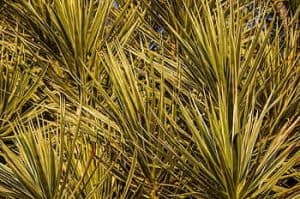 In most cases, this condition occurs when the root of the plant rots and then it is necessary to act to cure it.
In most cases, this condition occurs when the root of the plant rots and then it is necessary to act to cure it.
Although it is a fact that cassava is harvested without the need for much care, its development cannot be lost sight of at any time.
What benefits does cassava have?
- It is highly nutritious due to the good supply of plant-based proteins that we can obtain.
- It is easily digestible.
- Being a vegetable product, it is ideal for coeliacs.
- Its carbohydrate content is high. Especially starch.
Sources: https://www.tuberculos.org/yuca/

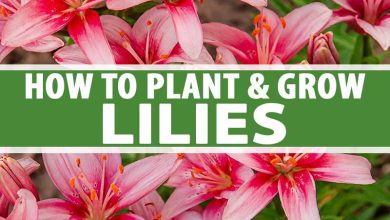
![Photo of Pests and Diseases of Bananas: [Detection, Causes and Solutions]](https://www.complete-gardening.com/wp-content/uploads/2022/08/pests-and-diseases-of-bananas-detection-causes-and-solutions-340x220.jpg)
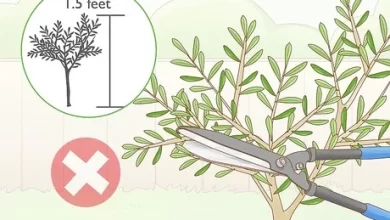
![Photo of Climbing Bignonia: [Characteristics, Care, Planting and Pruning]](https://www.complete-gardening.com/wp-content/uploads/2022/08/climbing-bignonia-characteristics-care-planting-and-pruning-390x220.jpg)